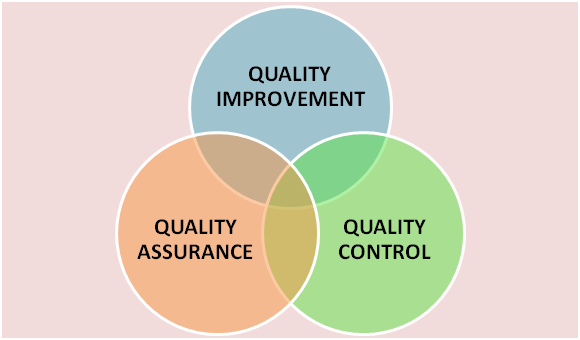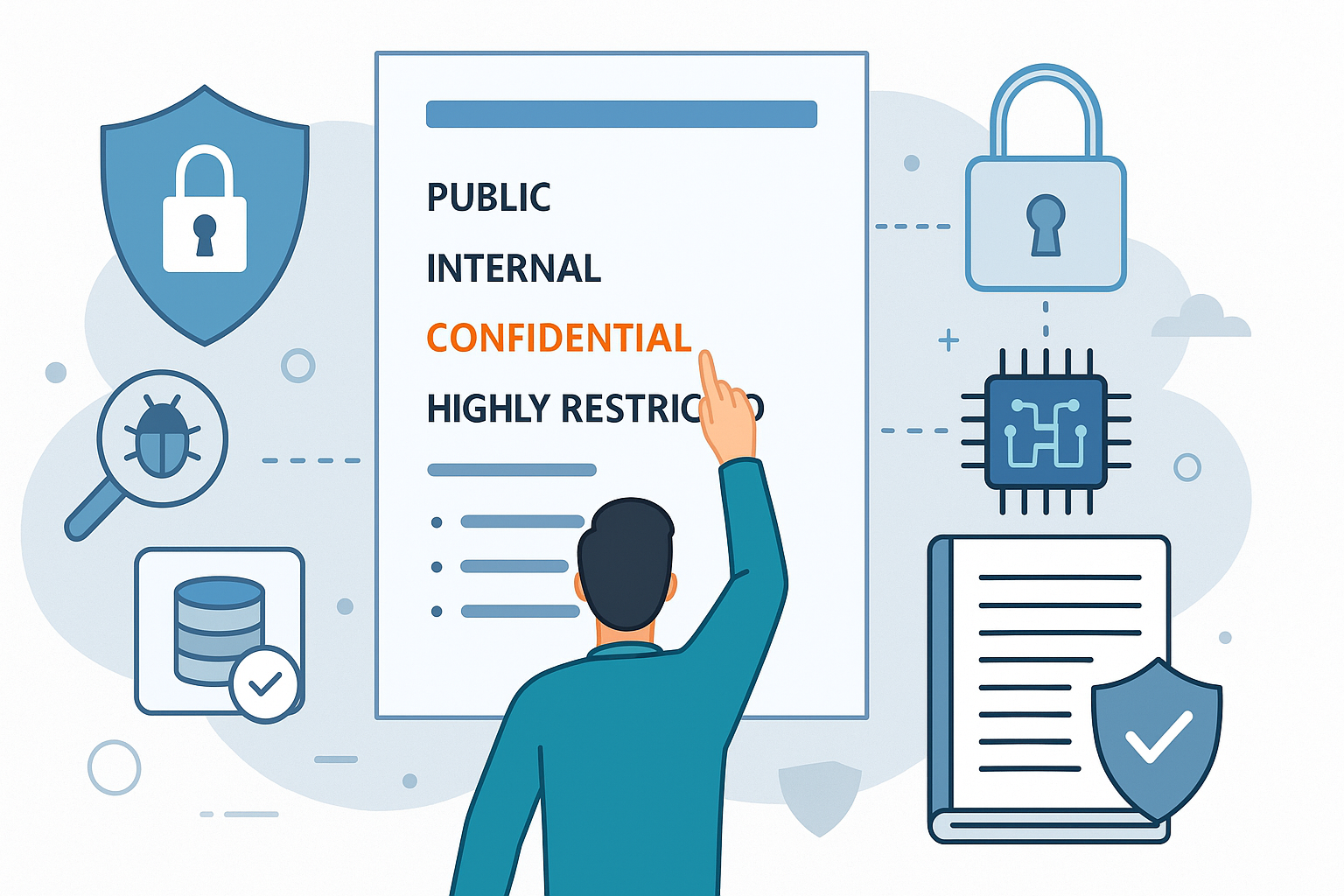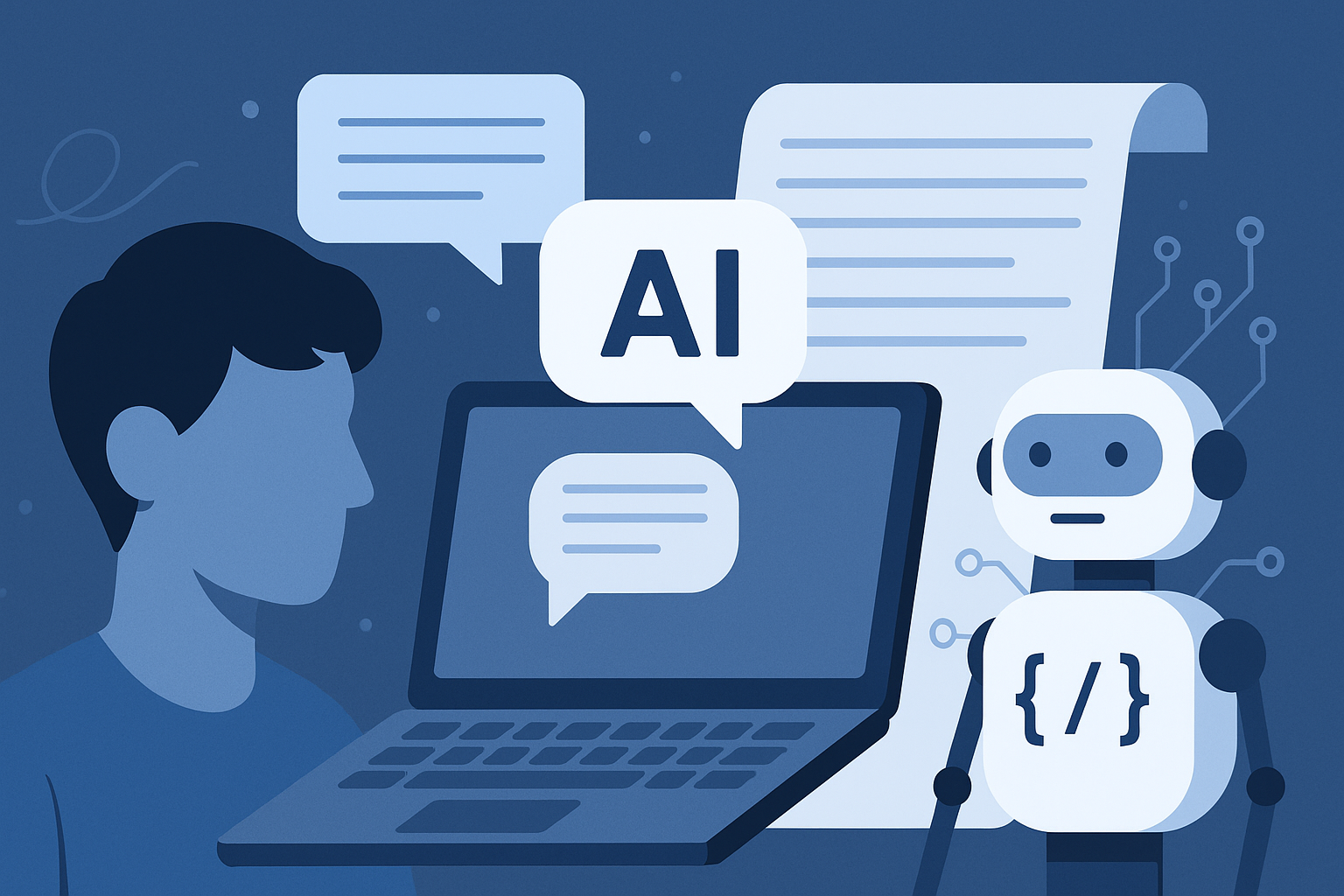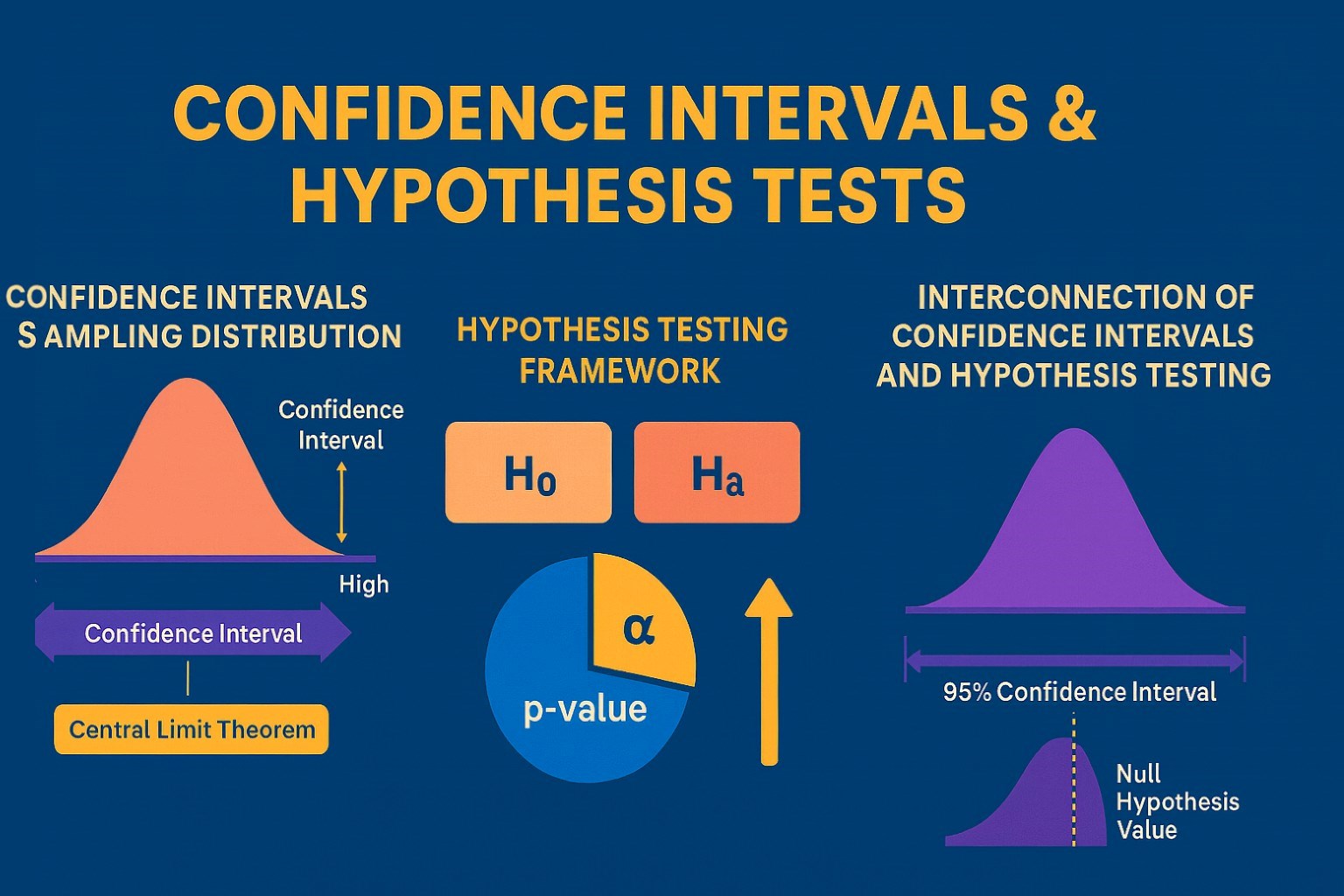What is Quality Engineering all about?
Quality engineering deals with the development, operation, management, & maintenance of IT systems as well as enterprise architectures with high quality standard.
Well, IT services tend to be increasingly interlinked especially in workflows across device, platform boundaries, & organizational boundaries, for instance, in business-to-business workflows, cyber-physical systems, or when utilizing cloud services. When it comes to such contexts, quality engineering enables the much needed all-embracing consideration in terms of quality attributes. Moreover, an “end-to-end” outlook of quality right from management up to operation in such contexts is essential. Quality Engineering seems to integrate methods as well as tools from software-product management, enterprise architecture management, systems engineering, IT services management, software engineering, information security management and software quality management.
In other words, quality engineering goes well beyond the classic disciplines meant for software engineering or software product management as it integrates:
- Management issues (like risk management, business & IT strategy, knowledge & information management, business process views, operative performance management)
- Design considerations (such as software development process, software testing and requirements analysis)
- Operative considerations (including monitoring, configuration, and IT service management)
In the most fields it is used in, Quality Engineering seems to be linked closely to compliance with business and legal demands and contractual obligations & standards. In terms of quality attributes, security, reliability, and safety of IT services do play a major role.
As far as Quality Engineering is concerned, quality objectives tend to be implemented in a well-defined collaborative process. Moreover, this process requires interaction of principally independent actors, the knowledge of whom depends on various information sources.
Actors – Well, the approach of end-to-end quality management in Quality Engineering needs a lot of actors with varied responsibilities & tasks, expertise and sheer involvement in the organization.
Let us have a look at the different roles that are involved in Quality Engineering:
- IT architect
- Business architect
- Requirements engineer
- Software quality manager
- Project manager
- Test manager
- Security architect
- Product manager
What are Quality Objectives?
Quality objectives explain the basic requirements required to provide software quality. As far as Quality Engineering is concerned, quality objectives often deal with the quality attributes of security, availability, safety, performance and reliability. Using quality models such as ISO/IEC 25000 & methods such as Goal Question Metric approach, attributing metrics to quality objectives becomes a possibility. This enables measuring the exact degree of attainment of these quality objectives.

Well, this seems to be a principal component of the entire Quality Engineering process; at the same time, it serves as a prerequisite for its constant monitoring & control. In order to ensure efficient and effective measuring of quality objectives, integration of core numbers that were manually identified and the automatically identified metrics as a foundation for decision-making becomes favorable.
What are collaborative processes?
The process of quality engineering comprises of all tasks performed manually and in a semi-automated way so as to identify, fulfill & measure any sort of quality features part of a chosen context. Of course, this process is a very much collaborative one as it demands interaction of actors extensively along with acting independently from one another.
The process of quality engineering should integrate with any existing sub-processes which may consist of highly structured processes like IT service management as well as processes that have limited structure like agile software development. Yet another crucial element is change-driven procedure wherein change events like changed requirements are handled within the local context of both information and actors that are affected by such change. And, a pre-requisite for this happens to be methods & tools that support both change propagation and change handling.
Of course, the main objective of a competent quality engineering process appears to be the coordination of automated & manual quality assurance tasks. Examples of manual tasks include code review or quality objectives elicitation while that of automatically performed tasks include regression tests and collection of code metrics.
The process or sub-processes of quality engineering process can be supported using tools like ticketing systems and security management tools.
Take the next step towards your professional goals in Quality Engineering
Don't hesitate to talk with our course advisor right now
Receive a call
Contact NowMake a call
+1-732-338-7323Related blogs on Quality Engineering to learn more

How To Become a Successful Quality Engineer?
The Quality engineers, are the also known as quality assurance engineers, take active part in ensuring that the products and, materials in an organization meet the quality standards. They analyze the quality of performance, using analytical and stati

What Makes a Quality Engineer Perfect?
The job of a quality engineer is extremely difficult. Primarily dealing with product quality, quality engineers are usually found working in manufacturing plants of various companies. Quality engineers, in conjunction with production staff, suppliers
Latest blogs on technology to explore

From Student to AI Pro: What Does Prompt Engineering Entail and How Do You Start?
Explore the growing field of prompt engineering, a vital skill for AI enthusiasts. Learn how to craft optimized prompts for tools like ChatGPT and Gemini, and discover the career opportunities and skills needed to succeed in this fast-evolving indust

How Security Classification Guides Strengthen Data Protection in Modern Cybersecurity
A Security Classification Guide (SCG) defines data protection standards, ensuring sensitive information is handled securely across all levels. By outlining confidentiality, access controls, and declassification procedures, SCGs strengthen cybersecuri

Artificial Intelligence – A Growing Field of Study for Modern Learners
Artificial Intelligence is becoming a top study choice due to high job demand and future scope. This blog explains key subjects, career opportunities, and a simple AI study roadmap to help beginners start learning and build a strong career in the AI

Java in 2026: Why This ‘Old’ Language Is Still Your Golden Ticket to a Tech Career (And Where to Learn It!
Think Java is old news? Think again! 90% of Fortune 500 companies (yes, including Google, Amazon, and Netflix) run on Java (Oracle, 2025). From Android apps to banking systems, Java is the backbone of tech—and Sulekha IT Services is your fast track t

From Student to AI Pro: What Does Prompt Engineering Entail and How Do You Start?
Learn what prompt engineering is, why it matters, and how students and professionals can start mastering AI tools like ChatGPT, Gemini, and Copilot.

Cyber Security in 2025: The Golden Ticket to a Future-Proof Career
Cyber security jobs are growing 35% faster than any other tech field (U.S. Bureau of Labor Statistics, 2024)—and the average salary is $100,000+ per year! In a world where data breaches cost businesses $4.45 million on average (IBM, 2024), cyber secu

SAP SD in 2025: Your Ticket to a High-Flying IT Career
In the fast-paced world of IT and enterprise software, SAP SD (Sales and Distribution) is the secret sauce that keeps businesses running smoothly. Whether it’s managing customer orders, pricing, shipping, or billing, SAP SD is the backbone of sales o

SAP FICO in 2025: Salary, Jobs & How to Get Certified
AP FICO professionals earn $90,000–$130,000/year in the USA and Canada—and demand is skyrocketing! If you’re eyeing a future-proof IT career, SAP FICO (Financial Accounting & Controlling) is your golden ticket. But where do you start? Sulekha IT Serv

Train Like an AI Engineer: The Smartest Career Move You’ll Make This Year!
Why AI Engineering Is the Hottest Skillset Right Now From self-driving cars to chatbots that sound eerily human, Artificial Intelligence is no longer science fiction — it’s the backbone of modern tech. And guess what? Companies across the USA and Can

Confidence Intervals & Hypothesis Tests: The Data Science Path to Generalization
Learn how confidence intervals and hypothesis tests turn sample data into reliable population insights in data science. Understand CLT, p-values, and significance to generalize results, quantify uncertainty, and make evidence-based decisions.